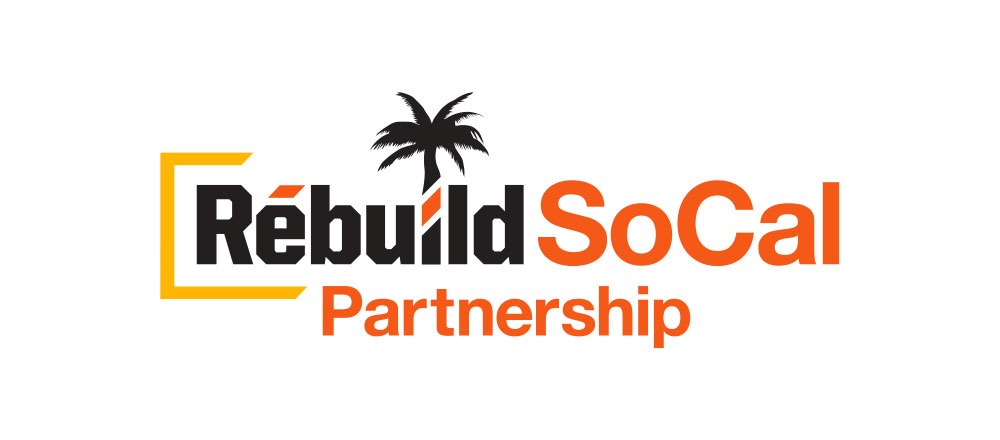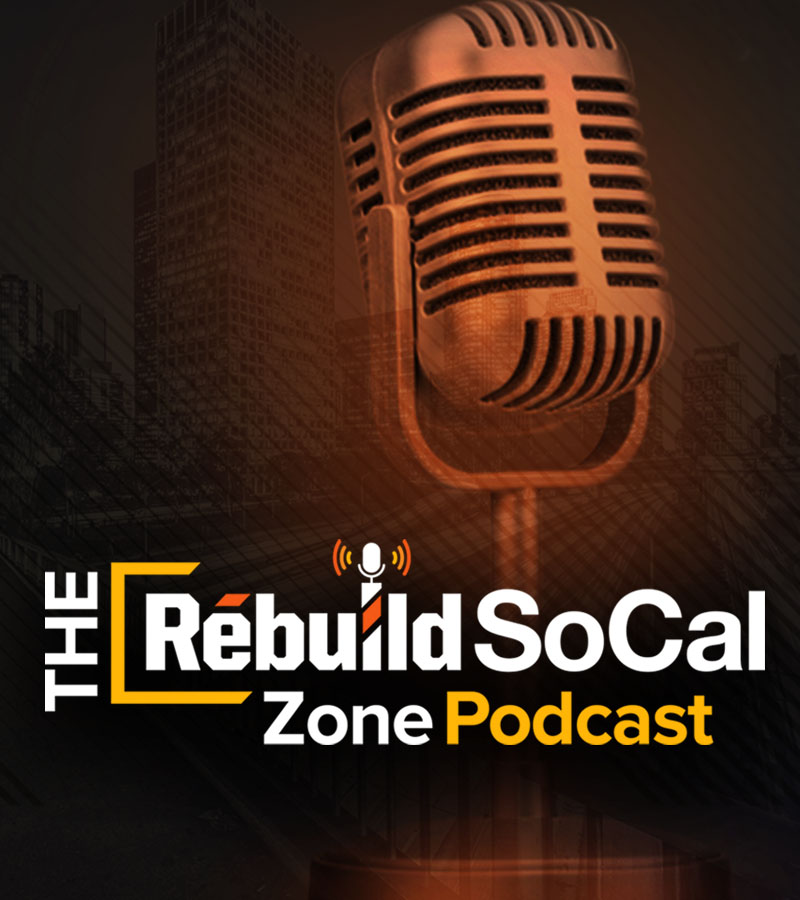Lithium Mining Could Benefit California
Climate change has required Americans to examine the impact gas-powered vehicles make on the environment. With an executive order from Gov. Gavin Newsom directing that by 2035 all new cars and passenger trucks sold in California be zero-emission, shifting to electric vehicles (EVs) will require a lot of battery power. The future seems to rely on the lithium market. One place that could be a major source for this raw material is the state’s largest lake, the Salton Sea.
Transformation opportunities
Recent funding has allowed The Species Conservation Habitat Project to move forward to implement dust suppression and build wetlands habitats across 40,000 acres of exposed Salton Sea Playa.
While some have wondered if these efforts could be enough to restore the former resort area back to what it once was in the 1950s and ‘60s, the state’s leaders now also have an additional vision for the region. “Right here in Southern California, we have the enormous opportunity to be a competitive player in the world lithium market,” California Assemblymember Eduardo Garcia said in May during the state legislature’s first select committee hearing on cultivating a local lithium economy.
Governor Newsom in October 2020 signed Assembly Bill 1657, allowing for the creation of the Lithium Valley Commission, a Blue Ribbon Commission on Lithium Extraction in California. It is comprised of geothermal and lithium industry personnel, Imperial and Riverside elected officials, government experts, and environmental/social advocates who must submit a report to the Legislature documenting findings and recommendations on or before October 1, 2022.
The next Gold Rush?
The Golden State doesn’t have that moniker by accident. The rush to mine that precious element began in January 1848. Today, the demand is growing for lithium, a soft, silvery-white alkali metal. Battery manufacturers require about 300,000 metric tons of lithium carbonate equivalent (LCE) per year and the total global demand is expected to reach 1.79 million metric tons by 2030.
A typical EV has approximately 22 pounds of lithium in it and lithium batteries are also used to store wind and solar energy.
Currently, 95% of the world’s lithium comes from Argentina, Australia, Chile, and China. The only current domestic supply is mined in Nevada. There are some estimates that indicate the Salton Sea is capable of producing 600 kilotons of lithium per year. Assemblyman Garcia says the Salton Sea has the potential to meet 40% of global lithium demand.
Extraction process
In China and South America, the methods used to extract lithium are considered environmentally destructive practices such as open pit mining and evaporation ponds.
“We’re very mindful going into this that extractive industries have had a very damaging impact on many communities around the world,” California Energy Commission Chairman David Hochschild said during the first Lithium Valley Commission hearing. “We can do it much better and differently in part because of the nature of this resource, which will allow for the greenest way to recover lithium that exists in the world.”
Other countries are finding ways to successfully mine the element. A scientific paper published in the Journal of Energy & Environmental Science outlines a potentially inexpensive way to extract lithium from seawater. Additionally, researchers from the King Abdullah University of Science and Technology in Saudi Arabia produced lithium phosphate with a purity of 99.94% by enriching water from the Red Sea.
A number of heavy hitters are investing in the California efforts. This includes Breakthrough Energy Ventures, a venture capital fund that includes Microsoft’s Bill Gates, Amazon’s Jeff Bezos, and former New York City Mayor Michael R. Bloomberg. It’s also reported that Warren Buffett’s Berkshire Hathaway Energy received a $6 million grant from the California Energy Commission and $15 million from the U.S. Department of Energy to “determine the technical and commercial feasibility of recovering lithium from the 50,000 gallons of geothermal brine it generates every minute while producing geothermal energy.”
Learn more about the Lithium Valley Commission and stay up-to-date on this and other important infrastructure issues by signing up for the Rebuild SoCal Partnership newsletter. Follow us on Facebook, Twitter and Instagram, and listen to The Rebuild SoCal Zone podcast.

